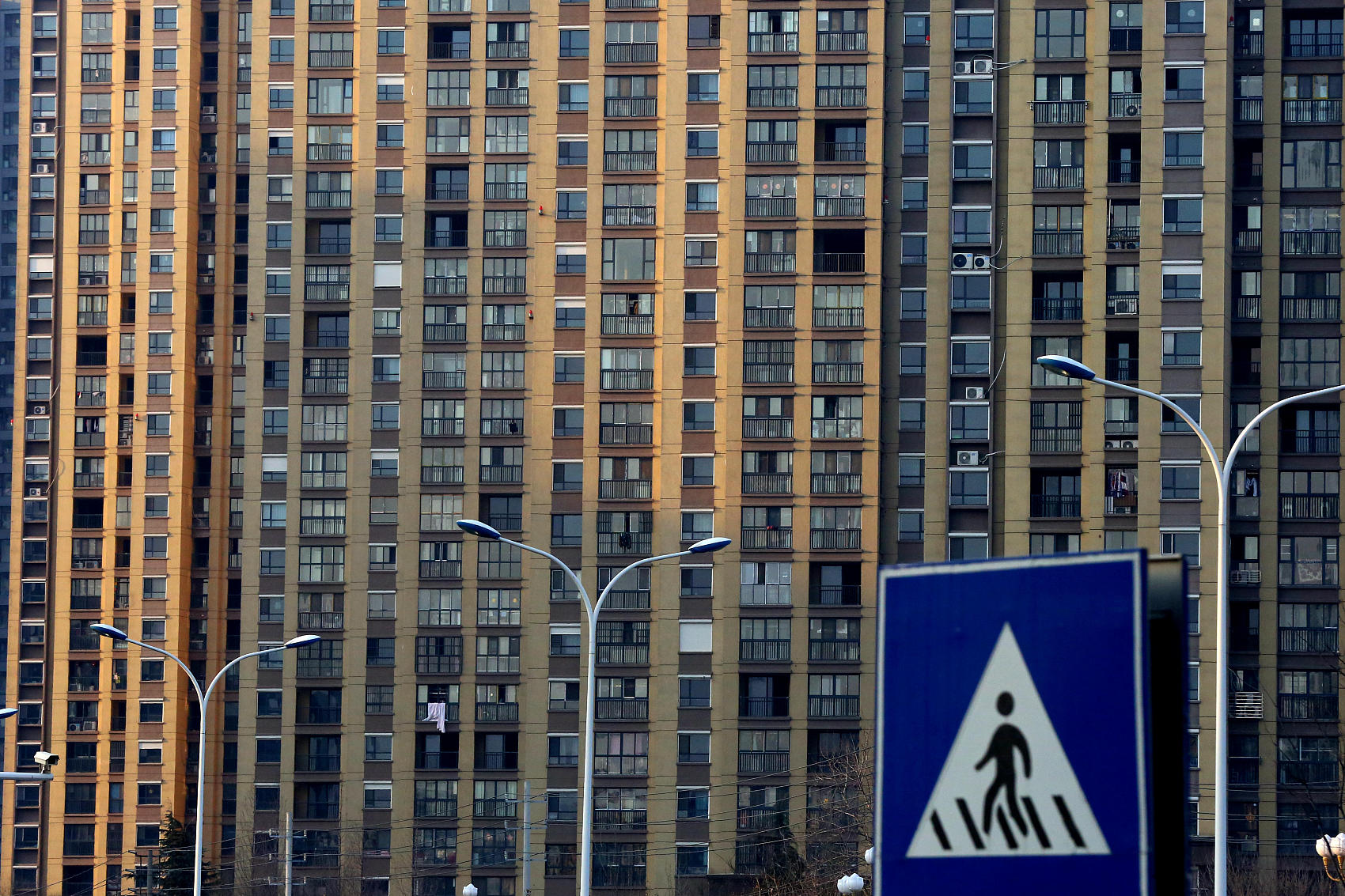On November 3rd, the full text of “Proposal of the Central Committee of the Communist Party of China on Formulating the Fourteenth Five-Year Plan for National Economic and Social Development and the Long-Range Objectives Through the Year 2035”, reviewed and approved at the Fifth Plenary Session of the 19th CPC Central Committee, was released. The proposal, which charts the course of China’s economic and social development, lays out the need to promote a new developmental framework. Under such a framework that promotes mobility and the efficient allocation of factors such as capital, labour, land, technology and digital assets, urbanization can then be promoted in an orderly fashion, ultimately putting people at its core.
Based on our long-term research on urbanization, housing problems and reform of the provident fund system, the research group at the Guanghua School of Management in Peking University believes that there is a need to devote attention to developing the rental housing market, under this new developmental framework focused on domestic circulation. To this end, there is an impetus to commence a new round of reform concerning the areas of housing provident fund, rental housing and REITs in order to promote the construction of new types of housing, and ultimately achieve the human aspects of urbanization.

The pressing need to develop the rental housing market
Firstly, in order to push forth socialist modernisation, there is a pressing need to develop the rental housing market. In 2019, China’s agricultural population stands at 26% of the total population, and contributed to only 7.1% of its GDP. This reveals the glaring rural-urban divide in China. According to predictions from our research group, China’s per capita GDP in 2035 will be roughly equal to that of Japan in 2004, where its agricultural sector will account for about 3% of its GDP, as well as 6% of its population. This will mean that in the next fifteen years, more than 20% of the current agricultural population will have to be reconfigured to the secondary or services industry. With a change in industry structure and population demographics, this process will bring about a surge in housing demand, especially that of rental housing. At the same time, public service facilities will have to be designed in accordance to population demographics. Hence, there is a need to increase the supply of rental housing and accompanying services in order to create a sustainable model supporting both industry and population growth.
Next, the rental housing market serves as a strong support to accelerate urbanization.Using historical data from 1978 to 2017, our research group predicts that China’s rate of urbanization will reach 75% to 80% by 2035, where approximately 200 million farmers will enter the cities. Thus, rental housing will be an important pillar to solve the housing needs of the rural migrant population, stimulating their willingness to actively integrate into urban life

In addition, the development of the rental housing will provide a new way forward to boost consumption and investment.In recent years, household consumption has accounted for about 40% of China’s GDP, which our research group predict will increase by about 20 percentage points, reaching 60% in 2035. Out of which, service consumption will account for 60% of total consumption, nearing 65% of the United States. In the next fifteen years, by ensuring the uniformity of place of residence and work, the consumption potential of urban inhabitants can be better tapped on, especially in areas like service consumption.
Lastly, solving rental housing is the only way to solve the current housing problem in China.At present, the central housing problem concerns the mismatch between demand and supply. In view of the skyrocketing property prices in big cities, it will no longer be feasible to solve the housing problem completely by its sale. For a long period of time, China’s rental housing market has been lagging behind with its simplistic supply structure. In order to provide every individual with a roof over his head, there is a need to reduce speculation in the real estate market, as well as to promote the construction of rental housing through different channels. Through this process, we will then be able to stabilise the market price and alleviate the huge financial burden currently shouldered by the government.

Challenges faced in developing the rental housing market
China’s future development is intrinsically linked to urbanization. In the provision of rental housing for new urban residents, there remains many problems with regard to land, capital, operation, coverage, tax policies, etc.
In terms of land, fast-growing cities have witnessed a spike in real estate prices, fuelled by land scarcity and the recent increase of the urban population. In the past, most of the affordable housing available were located in remote locations, resulting in high vacancy rates. For governments reliant on income from land transfer, there is also no motivation for reform. Hence, participants of pilot projects are essentially limited to state-owned enterprises, with a corresponding lack of enthusiasm from private enterprises.
In terms of funds, the current construction of rental housing mainly relies on debt financing, where there is a lack of market capital such as equity funds. Given that debt funds have a fixed term and high cost, this is highly incompatible with rental housing projects with high initial investment and long period of return.
In terms of operations, the current stakeholders of rental housing projects are mostly state-owned enterprises with a lack of market-oriented incentives. In addition, rental housing companies differ in their operational capabilities, which occasionally leads to the inefficient use of resources.
In terms of coverage, existing rental housing, especially long-term rental apartments, mainly meet the needs of a small number of high-income individuals, and is unable to cover the needs of the rural population and others living in cities.
In terms of tax policies, tax incentives for rental housing companies have yet to be implemented. Thus, companies have to pay various taxes and fees, which have greatly reduced their profit margin.
 Programs
Programs